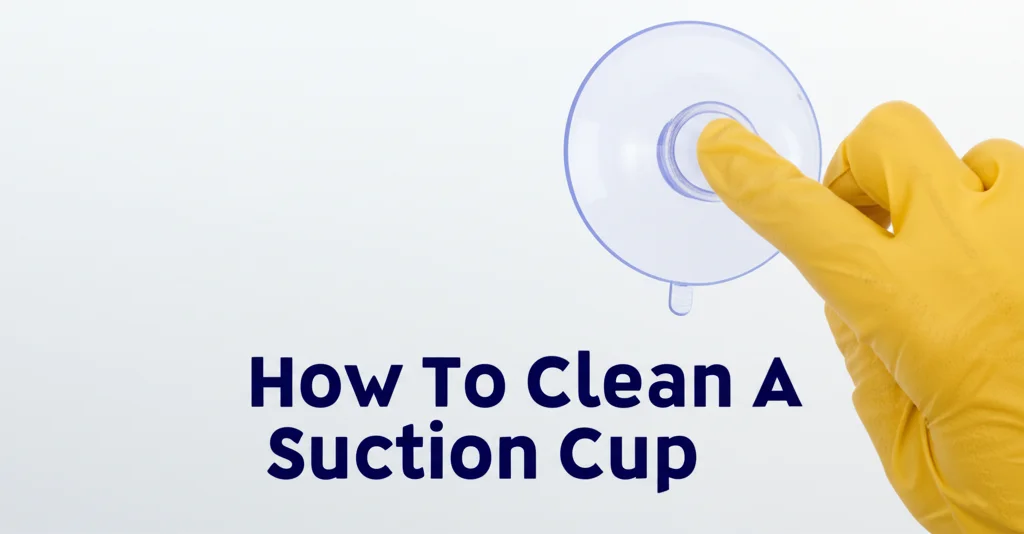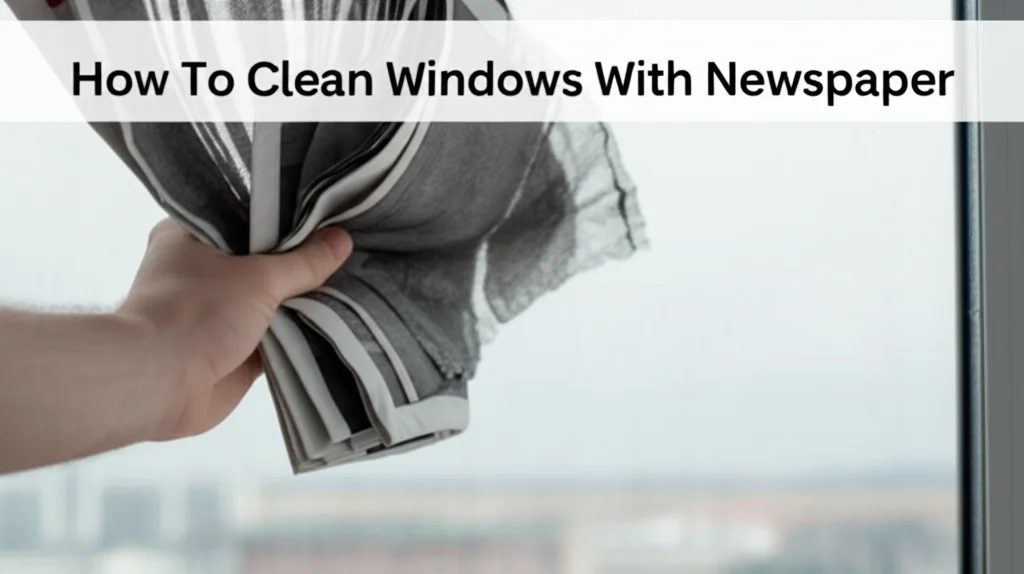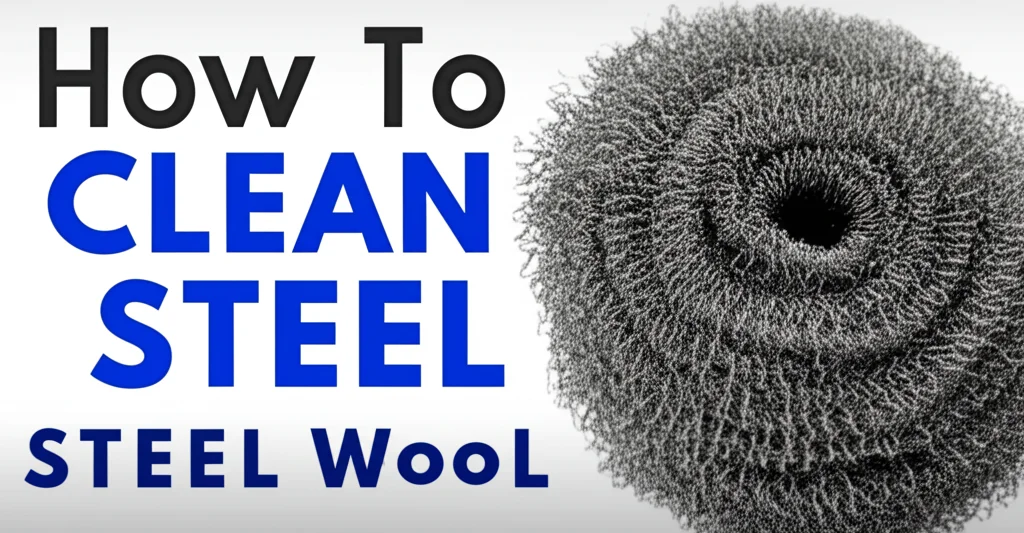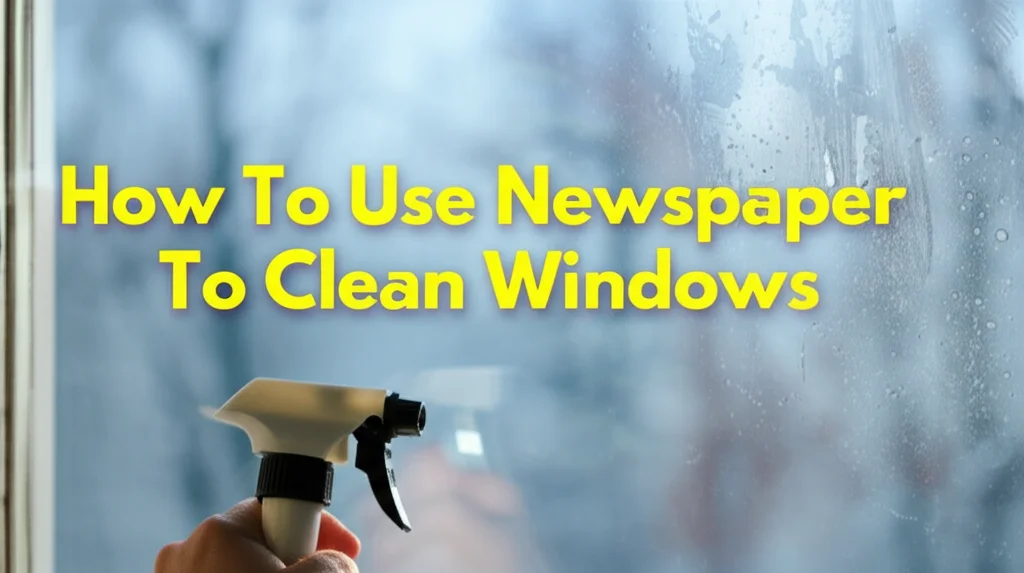· Cleaning Tips · 6 min read
How To Clean Plastic Bucket With Hard Water Stains
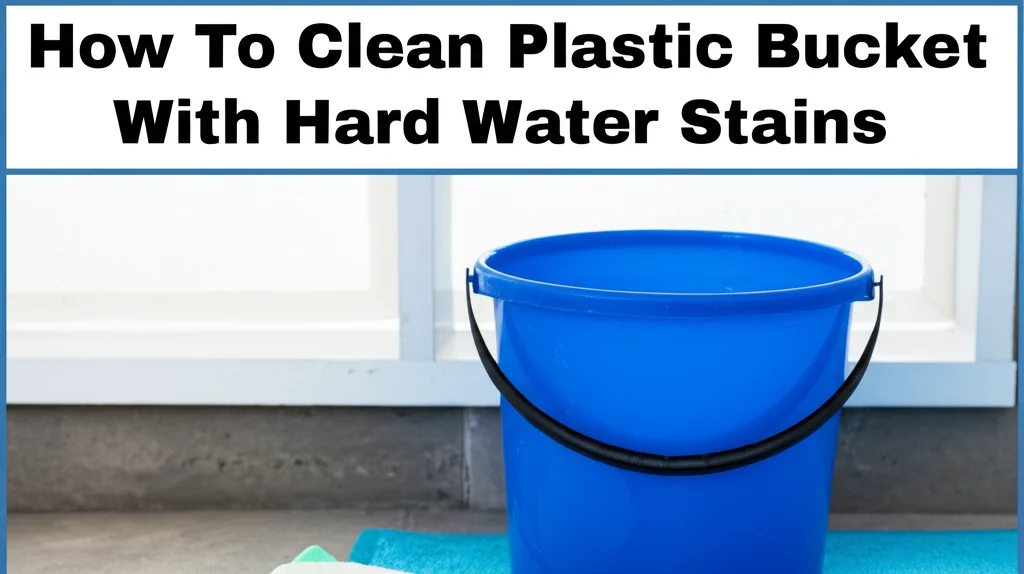
Cleaning Up: How To Clean Plastic Bucket With Hard Water Stains
Ever notice those unsightly white or grayish streaks inside your plastic buckets? These are hard water stains, a common problem caused by mineral deposits left behind when water evaporates. Don’t worry, you don’t need to toss your bucket! This article will show you exactly how to clean a plastic bucket with hard water stains, restoring it to its former glory. We’ll cover simple solutions using common household items, and even preventative measures to keep those stains at bay. Let’s dive in and get your bucket sparkling clean.
Quick Answer: To clean hard water stains from a plastic bucket, mix equal parts white vinegar and water, apply to the stains, let it sit for 30-60 minutes, then scrub and rinse thoroughly.
Takeaway:
- Vinegar is your best friend for dissolving hard water stains.
- Baking soda adds extra scrubbing power for stubborn areas.
- Prevention is key – dry your bucket after each use.
Understanding Hard Water Stains on Plastic
Before we jump into cleaning, let’s understand what we’re dealing with. Hard water contains high levels of minerals like calcium and magnesium. When water evaporates from a plastic bucket, these minerals are left behind, forming those frustrating stains. These stains aren’t harmful, but they can make your bucket look dirty and old. The longer the stains sit, the harder they become to remove, so tackling them promptly is best. Knowing this helps you understand why certain cleaning methods work better than others.
The Power of Vinegar: Your First Line of Defense
White vinegar is a cleaning superstar, and it’s incredibly effective against hard water stains. The acetic acid in vinegar dissolves the mineral deposits, making them easy to wipe away. It’s also a natural and non-toxic option, making it safe for use around your home. Here’s how to use vinegar to clean your plastic bucket:
- Mix the Solution: Combine equal parts white vinegar and water in a spray bottle or directly in the bucket.
- Apply and Soak: Spray or pour the solution onto the stained areas. Let it sit for at least 30 minutes, or up to an hour for tougher stains.
- Scrub and Rinse: Use a non-abrasive sponge or cloth to scrub the stains. Rinse the bucket thoroughly with clean water.
- Repeat if Needed: For persistent stains, repeat the process.
Baking Soda Boost: For Stubborn Stains
Sometimes, vinegar alone isn’t enough, especially for older, more stubborn hard water stains. That’s where baking soda comes in. Baking soda is a mild abrasive that helps lift away the loosened mineral deposits. It also deodorizes, leaving your bucket smelling fresh. Here’s how to combine vinegar and baking soda for a powerful cleaning duo:
- Vinegar Application: First, apply vinegar to the stained areas as described above.
- Baking Soda Paste: Make a paste of baking soda and a little water.
- Apply and Scrub: Apply the paste to the vinegar-soaked stains and scrub gently with a non-abrasive sponge.
- Rinse Thoroughly: Rinse the bucket completely with clean water.
Lemon Juice: A Natural Alternative
If you prefer a citrusy scent and a natural cleaning agent, lemon juice is a great alternative to vinegar. Lemon juice contains citric acid, which works similarly to acetic acid in vinegar, dissolving mineral deposits. It’s also a natural disinfectant. Here’s how to use lemon juice:
- Apply Lemon Juice: Pour lemon juice directly onto the hard water stains.
- Soak and Scrub: Let it sit for 30-60 minutes, then scrub with a non-abrasive sponge.
- Rinse Well: Rinse the bucket thoroughly with clean water. You can also leave the bucket in direct sunlight after rinsing, as sunlight can help further break down the stains.
Commercial Cleaners: When to Use Them
While natural solutions are often effective, sometimes you might need a little extra help from a commercial cleaner. Look for cleaners specifically designed to remove hard water stains or calcium buildup. Always read and follow the manufacturer’s instructions carefully. Be sure the cleaner is safe for use on plastic. Here are a few things to keep in mind:
- Choose Carefully: Select a cleaner that is non-abrasive to avoid scratching the plastic.
- Ventilation: Ensure good ventilation when using commercial cleaners.
- Rinse Thoroughly: Rinse the bucket extremely well after using a commercial cleaner to remove any residue. You might want to rinse it multiple times.
Preventing Future Hard Water Stains
Cleaning hard water stains is one thing, but preventing them is even better! Here are a few simple steps you can take to keep your plastic bucket looking its best:
- Dry After Use: The most important step is to dry your bucket thoroughly after each use. This prevents water from evaporating and leaving behind mineral deposits.
- Store Properly: Store your bucket in a dry place.
- Regular Cleaning: Give your bucket a quick cleaning with vinegar and water every few weeks, even if you don’t see any stains. This will help prevent buildup.
- Water Softener: If you have consistently hard water, consider installing a water softener in your home. This will reduce the mineral content of your water, preventing stains throughout your house. You can learn more about water softeners here.
FAQ: Your Hard Water Stain Questions Answered
Q: Will bleach remove hard water stains from a plastic bucket?
A: While bleach can disinfect, it’s not the most effective solution for hard water stains and can potentially damage or discolor the plastic. Vinegar and baking soda are safer and more effective options.
Q: Can I use steel wool to scrub stubborn stains?
A: No, avoid using steel wool or abrasive scrubbers as they can scratch the plastic surface, making it more susceptible to staining and damage. Opt for a non-abrasive sponge or cloth.
Q: How often should I clean my plastic bucket?
A: Clean your bucket after each use if possible, or at least every few weeks to prevent hard water stains from building up. Regular maintenance makes cleaning much easier.
Q: Is it safe to use these cleaning methods on colored plastic buckets?
A: Yes, but always test the cleaning solution on a small, inconspicuous area first to ensure it doesn’t cause any discoloration. Vinegar and lemon juice are generally safe, but commercial cleaners may have stronger effects.
Conclusion: Keep Your Buckets Sparkling Clean
Cleaning a plastic bucket with hard water stains doesn’t have to be a chore. With simple solutions like vinegar, baking soda, and lemon juice, you can easily restore your bucket to its original condition. Remember, prevention is key – drying your bucket after each use will go a long way in keeping those stains at bay. Don’t let hard water ruin your buckets; take action today and enjoy a clean and functional cleaning tool! If you’re looking for more cleaning tips, check out our guide on how to clean vinyl plank flooring for another common household cleaning challenge.

